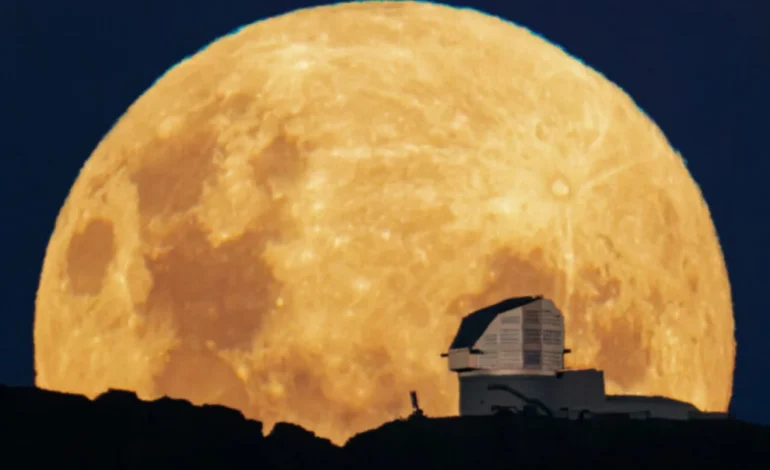New Observatory Set to Uncover Millions of Hidden Objects in Our Solar System

A groundbreaking observatory in the Chilean Andes is preparing to dramatically expand our view of the solar system, Gizmodo reports.
The Vera C. Rubin Observatory, equipped with the most powerful digital camera ever built for astronomy, is expected to begin operations later this year—and scientists say its discoveries could reshape our understanding of planetary history and Earth’s potential hazards.
The Rubin Observatory, a joint project of the National Science Foundation (NSF) and the US Department of Energy, will conduct an unprecedented ten-year survey of the sky. Its camera, the 3.2-gigapixel LSST (Legacy Survey of Space and Time) instrument, will allow it to scan vast portions of the sky each night—capturing more detail and data than ever before.
With this capability, astronomers anticipate the observatory will uncover millions of previously undetected solar system objects, including asteroids, comets, and other planetary debris. Some of these may travel close enough to Earth to warrant careful monitoring.
“This observatory is like going from a black-and-white television to 4K ultra-high definition,” researchers have said, referring to the dramatic increase in observational power.
To help prepare for Rubin’s scientific output, a research team led by Meg Schwamb of Queen’s University Belfast has developed Sorcha, an open-source software tool that models what the observatory might discover. According to predictions published on the preprint server arXiv, Rubin could:
Triple the number of known near-Earth objects (NEOs) — from 38,000 to an estimated 127,000
Increase the count of trans-Neptunian objects tenfold
Provide detailed observations of over 5 million main-belt asteroids
These findings will allow scientists to significantly improve models of solar system formation and help identify objects that might pose future risks to Earth.
The LSST camera, Rubin’s core instrument, is capable of scanning a sky area about 45 times the size of the full Moon each night. Within a week, it will have observed the entire night sky, and over ten years, the observatory will compile an extensive cosmic time-lapse. Each night, Rubin will generate approximately 20 terabytes of data, providing an enormous stream of information for researchers around the world.
This rich dataset will allow astronomers to study solar system objects in color and motion—enabling them to determine characteristics like surface composition, spin rate, and orbital evolution.
The Sorcha platform and its tools—including simulated sky maps and orbital animations—are publicly available at sorcha.space. These resources are helping researchers prepare for Rubin’s full data stream and prioritize their follow-up observations.
The observatory’s initial “First Look” images will be revealed to the public on June 23, marking the start of a new era in planetary science and sky monitoring.









The latest news in your social feeds
Subscribe to our social media platforms to stay tuned